Herbal Holi Colors are Non-toxic and safe
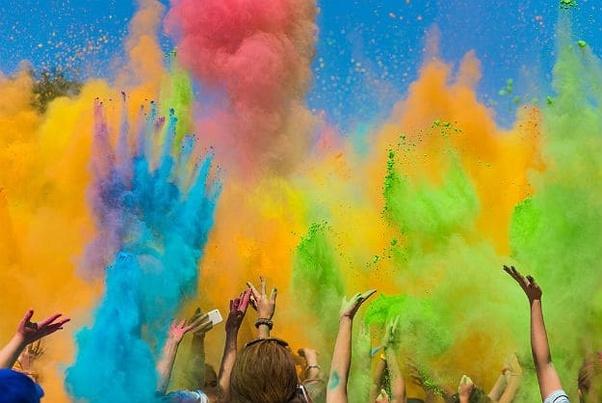
Herbal Holi colors are made from plant-based ingredients like flowers, leaves, and natural herbs. They are eco-friendly and non-toxic, providing a safe and gentle alternative to synthetic chemical-based colors.
Basic Ingredients for Herbal Holi Colours:
Flowers:
Marigold: Used for yellow and orange shades.
Rose, Hibiscus: Used for red and pink tones.
Herbs:
Neem, Tulsi (Holy Basil): Provide green colors with their natural pigments.
Turmeric: A well-known herb used for bright yellow color.
Natural Clays:
Fuller's Earth (Multani Mitti): Gives earthy colors and improves texture.
Dried Fruits & Vegetables:
Beetroot: Used for purple and pink hues.
Spinach: For natural green pigment.
Spices:
Saffron, Red Sandalwood: For orange and red shades.
Common Herbal Holi Colors and Preparation:
Yellow:
Turmeric: Mix turmeric powder with besan (gram flour) or cornflour for a bright yellow herbal color.
Green:
Neem: Grind dried neem leaves into a fine powder. Combine with flour for a green shade.
Henna: Natural henna powder can also be used for a soft green tone.
Red:
Red Sandalwood: Known for its natural red hue.
Hibiscus or Rose petals: Dry and grind them to make red or pink powder.
Pink:
Beetroot: Dry beetroot slices and grind them into a powder or use its liquid form for a vibrant pink color.
Orange:
Palash (Tesu) Flowers: Dry and grind them or boil the flowers to obtain an orange hue.
Advantages of Herbal Holi Colors:
Non-toxic and safe: They are made from natural, chemical-free ingredients.
Skin-friendly: Minimal risk of rashes, allergies, or skin irritation.
Eco-friendly: These colors dissolve easily in water without causing harm to the environment or aquatic life.
Easy to make: The ingredients are easily available, and the preparation process is simple.
Herbal colours have gained popularity as people become more conscious about health and sustainability, promoting a safer and more environmentally friendly way to celebrate Holi.




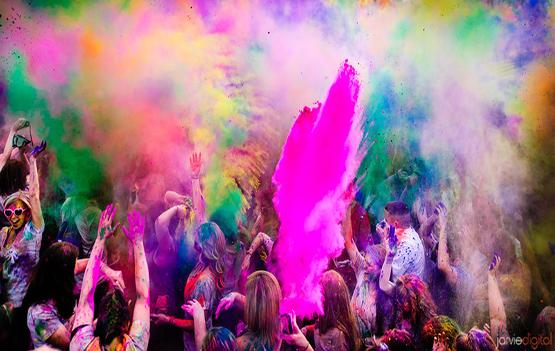
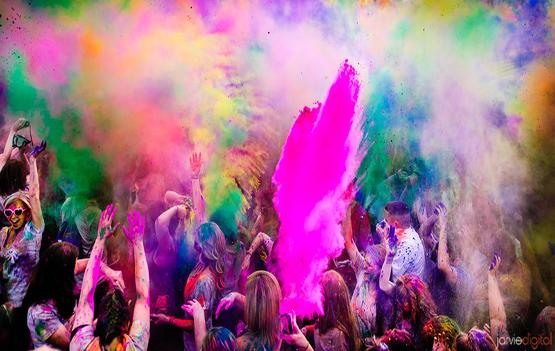

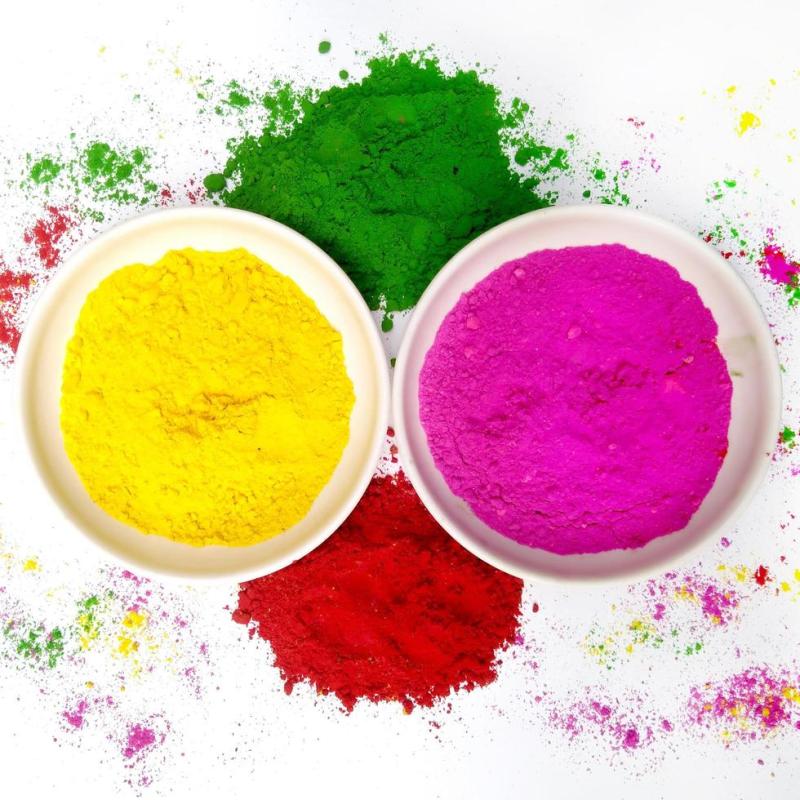
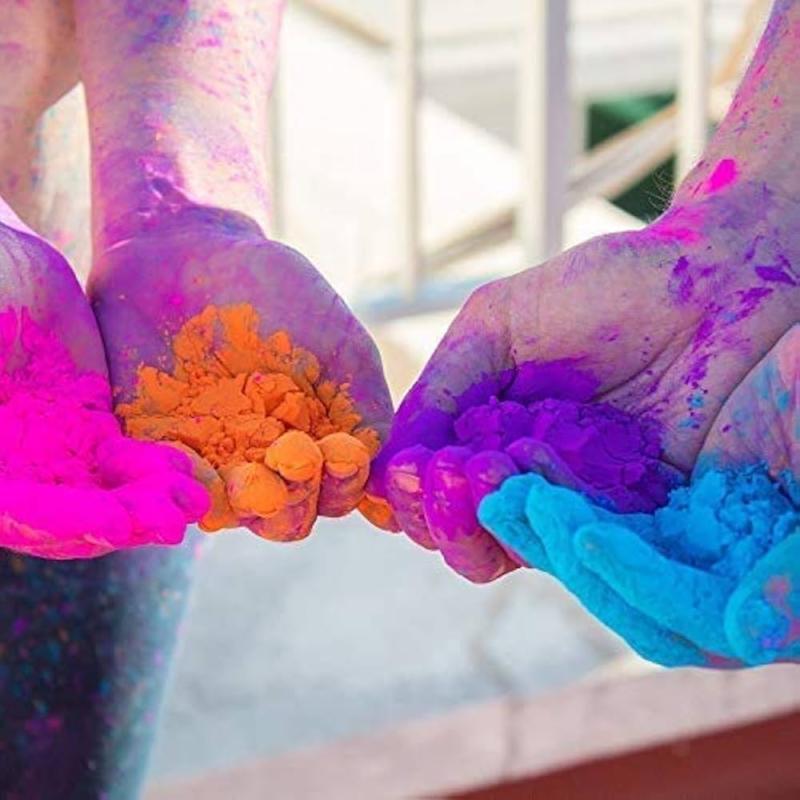

Comments